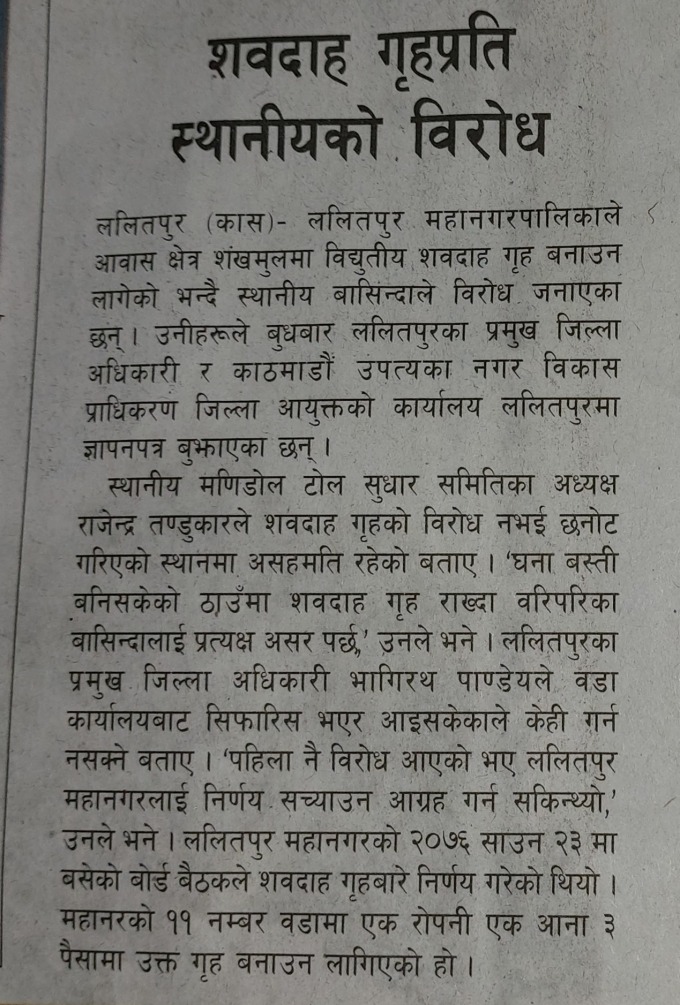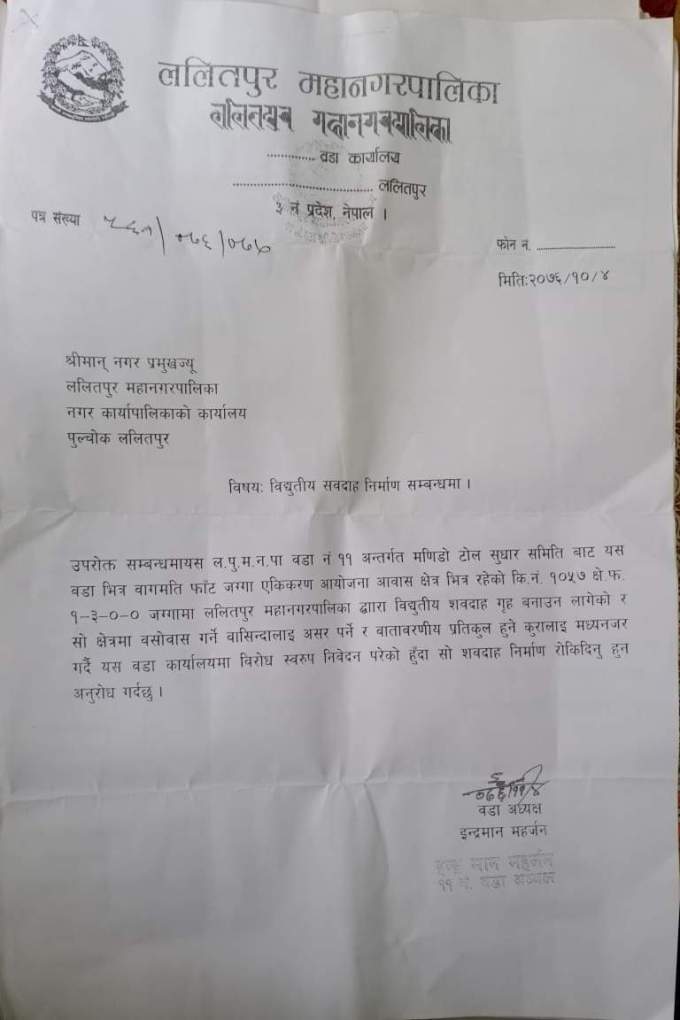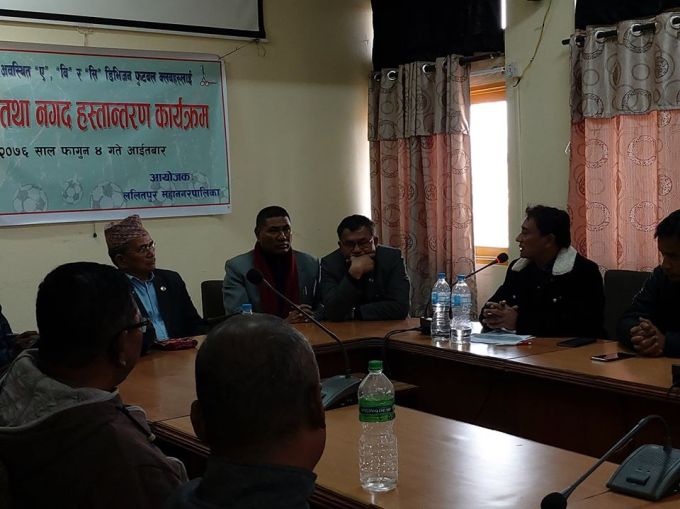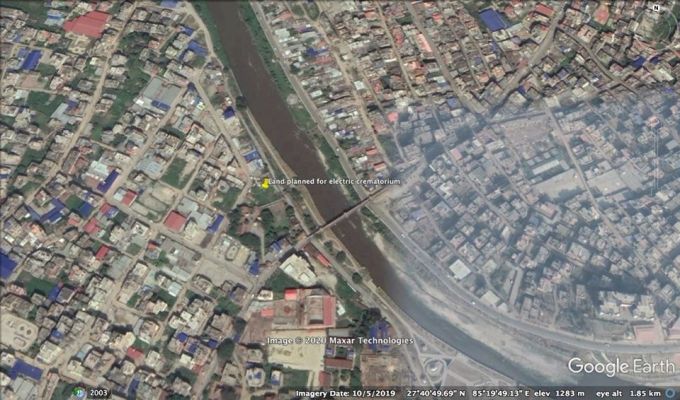Written by Kishor Pradhan
Imagine how would you feel and react as a Newar or a Brahman or a Chettri or a Gurung or a Tamang or any other caste or ethnic group if you are socially discriminated on the basis of your caste or ethnicity. Do some soul searching on what would you do if your are not given a room to rent in Kathmandu or elsewhere in Nepal on being a Dalit. Or in a village you cannot fetch water from the common community water source. How you would feel and react to all these forms of caste-based social discriminations should not be any different from how the historically, religiously, socially, economically and politically discriminated Dalits would feel and react. As whether you are a Newar, Brahman or so-called Dalits we are all first humans. But it is unfortunate that due to other non-Dalits or so called higher caste and ethnic groups’ failure to empathise caste-based discrimination in Nepali society the inhuman acts of caste-based discrimination resulting brutal rapes and murders of Dalits persists.
Rem Bahadur BK, a Dalit rights activist says, “The government declared Nepal as caste-based discrimination free country more than a decade ago. The Civil Act abolished caste-based discrimination long ago and it is a punishable crime. But in real social action we don’t see it.” He questions, “How long Dalits have to be victims of caste-based discrimination and raped or killed?” What Rem says is evidenced by the facts as according to the monitoring data recorded by the Dalit media organisation Jagaran Media Center on incidents of violence or untouchability on Dalits only during the lockdown period of two months in Nepal there were 25 cases.
The recent incident of six adolescent boys being brutally attacked and killed in far-western Nepal in Rukum with regard to a love affair between a Dalit boy and so-called higher caste Thakuri girl has drawn the attention nationally on the ills of caste-based social discrimination. The Dalit civil society and the activists have been out on the streets in Singha Durbar protesting and appealing to the authorities for rendering justice to the victims and their families. But Rem says, “Champions of human rights and civil society leaders have not taken the Rukum incident seriously and joined hands with us in the protest.”
“The issue of caste-based discrimination of Dalits in Nepal is not supported whole heartedly by non-Dalits. Non-Dalits do not own and see the subjugation of Dalits to caste-based discrimination as an overall Nepali society’s social problem, but just as a Dalit community’s problem,” says Rem. He adds, “Political parties and their leaders have always said in their political manifestos and speeches that caste-based discrimination is not acceptable at all.” It has been more than a decade since Nepal was declared untouchability or caste-based discrimination free country. “The political parties, their leaders who fought for social justice in Nepal and are in government now have not walked the talk,” says Rem.
Regarding an incident preceding the Rukum one, in which a young Dalit girl was raped and who later committed suicide as reported, a gender expert on condition of anonymity says, “The case of 17-year old Dalit girl in Rupandehi being raped and later reported as committed suicide by hanging herself is a case of caste-based murder.” She adds, the young girl would not have committed suicide if she had not been forced to get married with the rapist. It was a double social injustice to the raped Dalit girl by the society and the authority.
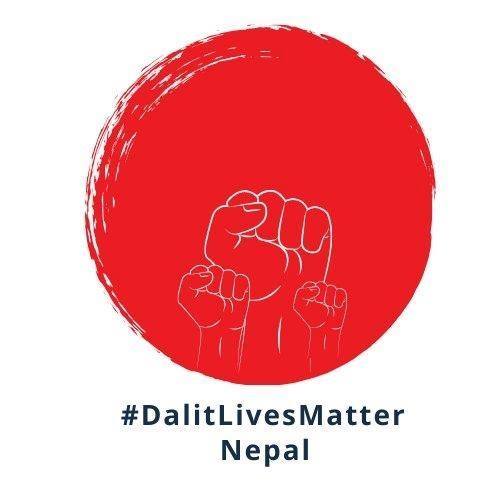
The killing of the Dalit boys in Rukum had occurred just few days before the George Floyd’s killing by the law enforcement in Minneapolis in Amercia. We all know how much of unprecedented global protest George’s case has drawn as has never been seen in America and the world over. Parallel to the “Black Lives Matter” movement for justice for George and once and for all ending racial discrimination in America, in Nepal also Dalit activists have started “Dalit Lives Matter.” But unfortunately besides the protests in the districts in far west, and the Dalit activists submitting appeals to ministers and other national level authorities and the home ministry forming an investigation committee which is working on its investigation in the field at the moment. Unlike the George Floyd case of racial-discrimination which has drawn global attention and solidarity, in Nepal Dalit Lives Matter has not been able to gain much momentum and bring to the streets bevy of protests all over Nepal. It is unfortunate, as Rem rightly says, “Dalits lack empathy of non-Dalits in Nepal.”

